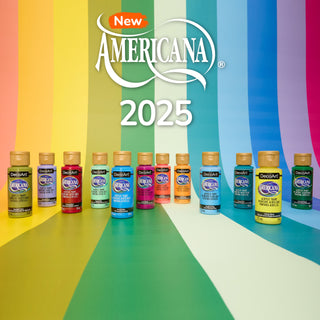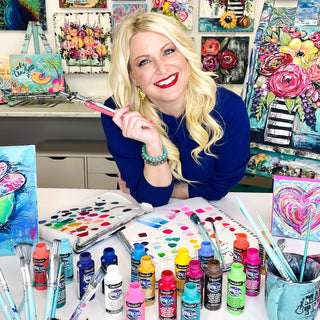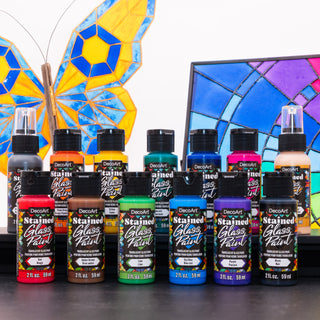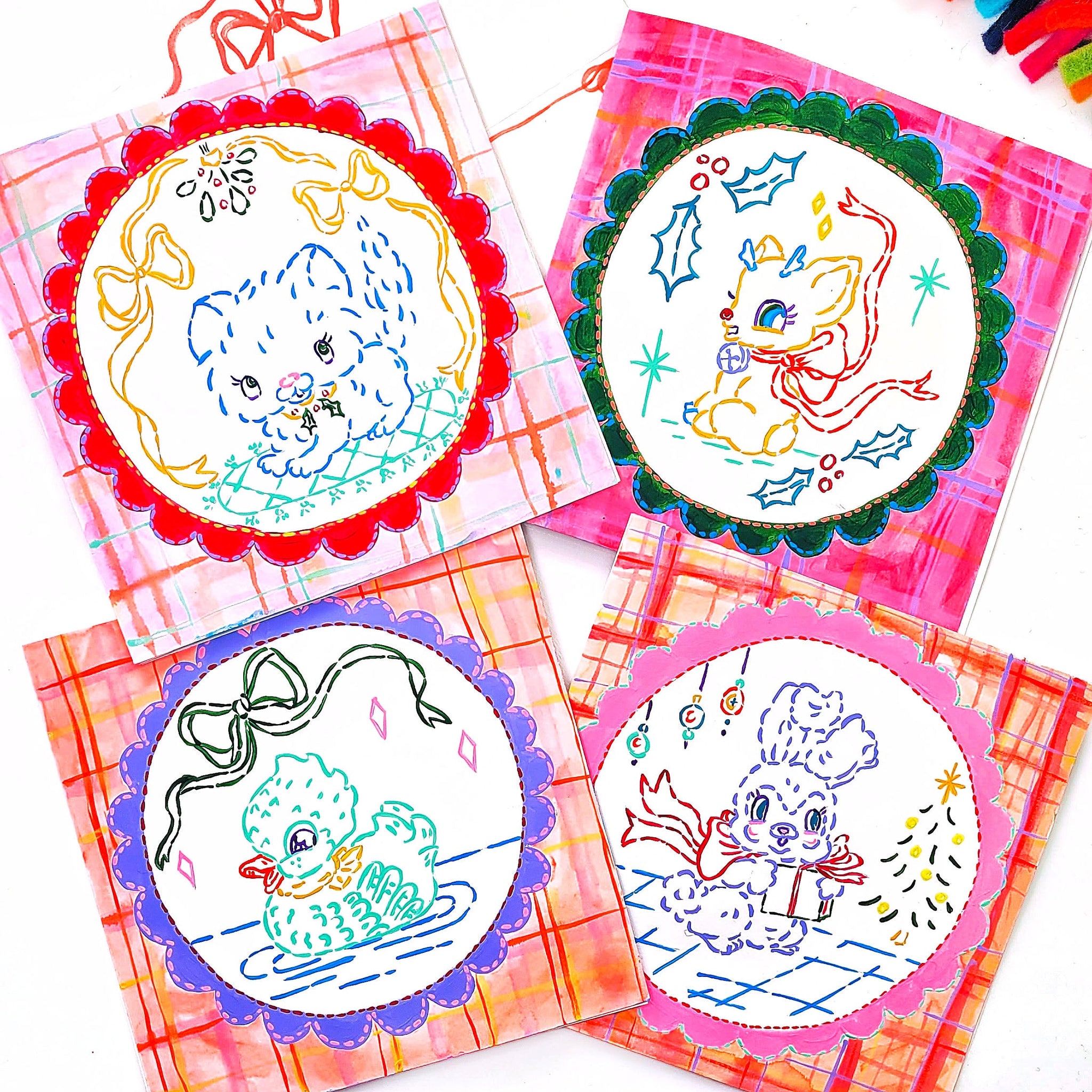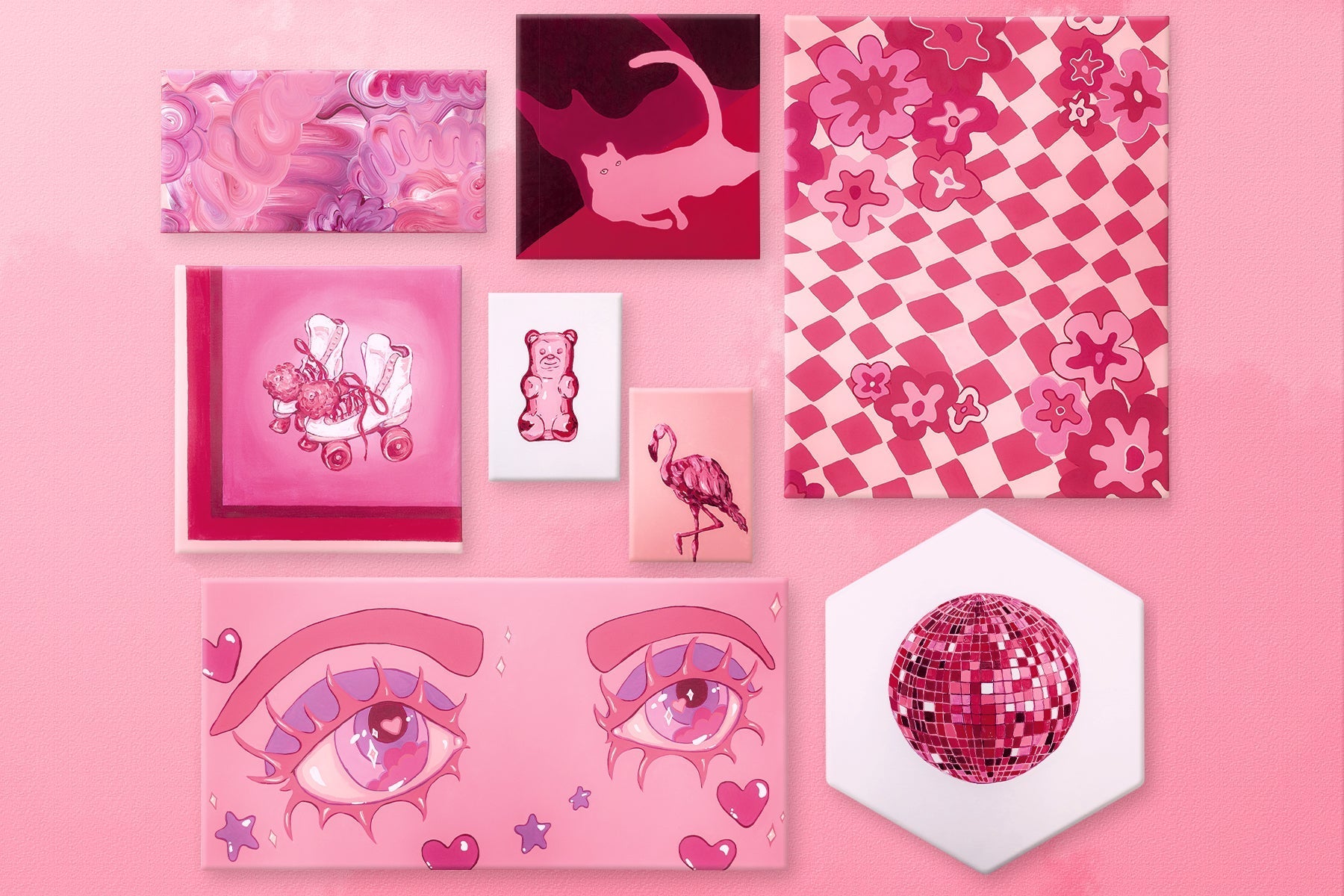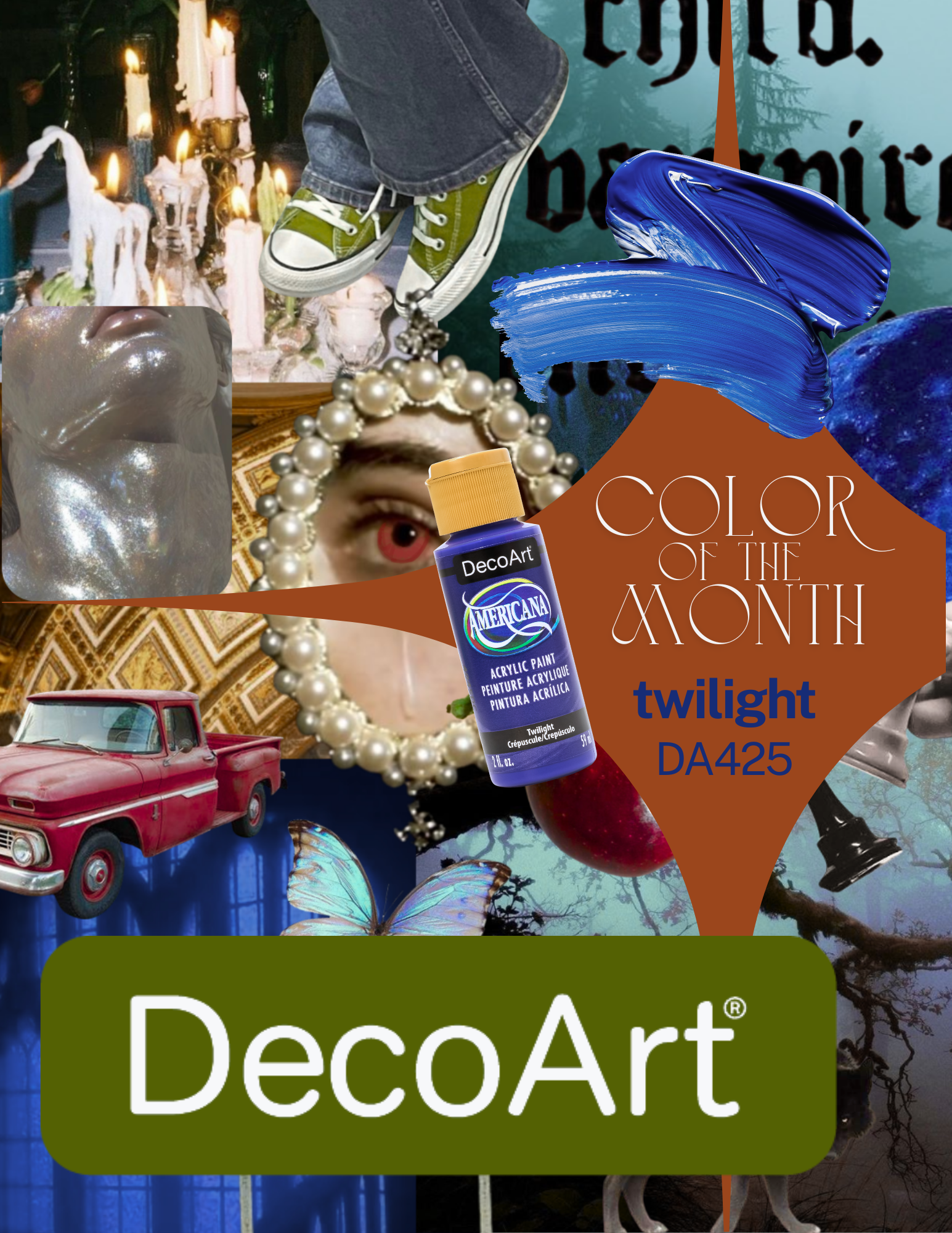June 17, 2025
What is Plein Air Painting?

The French term "plein air" or open-air painting allows artists to observe and capture a first-hand account of a particular outdoor view, typically in one sitting or "alla prima". Unlike a photograph, which captures a moment in time, plein air painting can incorporate the passage of time, the expression of spontaneity, and the sensory effect of the environment as displayed by the changing light and color. Painting outside also encourages making quick decisions and adapting to the environment.
Brief History of Plein Air Painting
Creating rough sketches outside has always been considered a normal practice for landscape artists to capture subject matter for studio work, but the completion of a full painting out-of-doors wasn't popular until after the 1840s with John Rands's invention of pre-filled tubes of prepared paint colors. The popularity of plein air painting grew even further during the 1860s, when artists became enamored with capturing the qualities of light and atmosphere, which became known as the Impressionist movement. The invention of portable easels also helped with the ease in which an artist could create on the move, exploring loose brushwork and alla prima techniques.

Woman with a Parasol, Madame Monet and Her Son 1875, Claude Monet, oil on canvas. Photos: National Art Gallery
Left: Oarsman at Chatou 1879, Auguste Renior, oil on canvas Right: Boulevard des Italians, Morning Sunlight, 1897, Camille Pissarro, oil on canvas Photos: National Gallery of Art
Benefits of Painting Outdoors
One of the major benefits of painting outdoors is being able to observe and interpret nature firsthand. We can practice seeing the way light changes the perception of colors and shapes. Being able to adapt and respond quickly to the unique challenges of painting outside, we can grow in our creative practice. Taking in all the exterior stimuli also allows us to be in the present moment and let it directly affect the aesthetic outcome of the artwork. As a personal preference, you can decide to take reference photos if the light changes dramatically or you must leave and finish the painting in the studio. Having a reference photo is particularly helpful when first beginning the exploration of plein air painting.

Path of Autumn Light, 2020, Scott Gellatly, oil on panel Photo: Scottgellatly.com/blog
Getting Started
Selecting the Perfect Spot
Start slow. Pick a favorite spot close to home or in your yard that you find inspiring. See how long it takes you to create a painting from start to finish to see your time frame. After you get comfortable with transporting materials and using them outside, travel further out and search out places that look amazing at different times of day.
Selecting the Time of Day
Make a note of what captures your attention. Do you love the way colors and shapes look at sunrise, sunset, or midday? Check out the area during that time of day to see if you can paint something captivating. Try different times of day in the same spot to capture the changing light and colors.
Selecting Materials
Start with what you know. First, use the materials you typically use indoors and keep track of changes that are needed to improve efficiency and accessibility. Try different positions, standing or sitting, using an easel or not. Try different paints and surfaces to realize your preference. For example, you may find acrylic, watercolor, or casein works better than oil when you must hike to your car after painting and don't want to smudge wet paint. Or, if you love using oil paint, try different mediums and techniques to improve that portability.
Tips and Techniques
Choose your color palette. Bring paints to mix with or pre-mix colors and carry along in a portable palette or container. Have all the materials needed handy. Loosely paint your dark values and shadow first to anchor the subject from the changing light. Paint quickly, adding color, building layers, and finishing with lighter highlights added last.
Photos: Warren Martin
Painting Natural Elements
Light
Understand the light you are painting in. If you want a higher contrast result, try painting on a clear sunny day or at night with artificial lighting sources. If painting in direct sunlight on a clear, sunny day, pay attention to the three different light sources at play. 1. The sun. 2. The sky. 3. The reflected light on illuminated objects. Take into account that the sun will take priority as the primary lighting source. With night painting, pay attention to the type of light and the spectral casting of those light sources. With overcast lighting, clouds diffuse the light and alter natural contrasts, so you can capture objects' truer colors.
Water
Ocean, river, pond, or lake all have different requirements to create a believable reflective surface. Generally, water and sky are the same color, with the water being a bit darker in value. If there is movement in the water, as with ocean waves or a running river, the raised areas will break with lighter and more vibrant colors. Still water will reflect the sky and surrounding objects with less clarity.
Clouds
Different cloud formations will offer endless practice in painting varying shapes, textures, and colors. Cumulus and cirrus clouds will typically be lighter than the sky color. Fluffy, cumulus clouds will have a bright side (facing the sun) and the opposite side will present darker, with bright edges. Wispy, cirrus clouds are higher in the sky and could be feathered or dry-brushed with a lighter color onto an already painted sky. Darker clouds, like stratus and nimbus, will vary in shape, but typically be darker than the sky color.

Calm II by John Hulsey, watercolor on paper. Photo: Artist Network
Left: Aneheim Glow 2006, James Gurney, oil on paper Photo: Artist Network Right: Central Park Plein Air 2019, Jeffery Levine, oil on canvas Photo: Levineartstudio.com
Adding Your Voice
Subject Matter
Choosing to paint your surroundings is representative of you as an artist because you are a part of the environment. But as artists, we can alter the perspective to tell different stories. The choice of subject matter and how it is painted with color and technique will also play a part in the perspective you are trying to portray. As a beginning plein air painter, trying different things will result in varying perspectives. Start with what is most accessible to paint and adjust the composition, color, and technique to begin exploring your unique artistic voice. For example, someone could choose a vacant lot to paint. First, paint with a broad view, including everything. Next, create more curated compositions, such as a close-up of tree bark or a patch of grass.
Color Palette
Don't be afraid to try different color combinations. Start with using realistic color palettes, then change the palette to intensify the colors or make them completely artificial. For example, substitute sky color with green, grass color with purple.With this practice, you may find your unique personal style of painting the world around you.
Style
As mentioned before, trying different things will allow you to gravitate towards your own creative aesthetic. With plein air painting, it is usually "alla prima" or wet- on-wet technique, done in one sitting. Changing up types of materials, surfaces, and brushes will change the look of the finished piece. For example, painting with oil paint on a wood panel will look completely different from watercolor painted on paper. This choice, again, is personal, and you should consider the materials and what you are trying to say as an artist. Think about the comparison of these two scenerios: 1. painting a scene of a broken-down car in the forest on upcycled material with recycled paint and loose brushstrokes versus 2. painting the same scene on a thousand dollar canvas with the finest oil paint using smooth, tiny detail. Each scenerio is valid, and each can be interpreted in different ways. On the other hand, sometimes the technique is only a function for the materials to become the focus.

Valeria Larko plein air painting Photo: Beauty in Urban Landscapes article interview by Tracy Kaler

Becky Jewell plein air painting 2021, El Dorado Canyon, Colorado Photo: beckyjewellart.com/blog
Left: Lake Murray Sunset, R. Noelle, oil on board Photo: Rnoelle.com Right: Evening View 2021, Ken Faulks, watercolor on paper Photo: Kenfaulks.com
Urban Sketching vs Plein Air
If you find yourself drawing or painting visual information that tells a story, not only outdoors, but indoors as well, then you may find the concept of urban sketching interesting. Any materials can be used in this style of witnessing and recording your surroundings. While plein air painting often focuses on light, color, and atmosphere of a landscape, with a focus on a finished piece, urban sketching prioritizes documenting and storytelling, often incorporating text, with a spontaneous, unfinished flair.

YouTube channel: Tara's Sketchy Adventures Photo: Screen Grab from - 6 Incredible Urban Sketchers To Follow in 2022
Urban sketching is typically sketchbook-based. Artists are using this art form to tell personal stories that resonate with viewers, as well as a tool for reporting the human condition. Online communities revel in sharing documentation of their surroundings using a variety of styles and art materials.
Left: Alien Bin Bin Photo: IG Right: Nadya Zheleznaya Photo: Chrysalis Mag

Cafe Library, Teoh Yi Chie, mixed media on paper Photo: Strathmore.com
Related Products to Shop
Check out MORE related blogs!
Let's get social!
FOOTNOTES:
Britannica, https://www.britannica.com/art/plein-air-painting
The Art Story, https://www.theartstory.org/definition/en-plein-air/
History, https://www.history.com/articles/impressionism
The Outdoor Painter, https://www.outdoorpainter.com
YouTube, April 2015, https://youtu.be/F86HvkQaz-o
Artist Network, https://www.artistsnetwork.com
Scott Gellatly, https://www.scottgellatly.com/blog/2023/2/2/featured-in-plein-air-magazine
Jeffrey Levine, https://levineartstudio.com/plein-air-central-park/
Valeria Larko, https://www.tracykaler.com/new-york-artist-valeri-larko-finds-beauty-in-urban-landscapes/
and https://www.valerilarko.com/
David Orrin Smith, https://davidosmithartist.com/store-2/plein-air-late-afternoon-2722
Ken Faulks, https://kenfaulks.com/category/clouds/
Samuel Earp, https://samuelearp.com/blog/beginners-guide-to-plein-air-painting/
Urban Sketchers, https://urbansketchers.org/
https://urbansketchers.org/what-is-urban-sketch/
YouTube, https://www.youtube.com/watch?v=nZtv0jMg8w8
Tarias Sketch Adventures, https://www.sketchyouradventures.com
Chrysalis Magazine, https://chrysalismag.org/project/nadya-zheleznaya
Teoh Yi Chie, Strathmore, August 2016, https://www.strathmoreartist.com/blog-reader/artist-interview-teoh-yi-chie
YouTube, April 2016, https://www.youtube.com/watch?v=UsJE6zKKhJw

